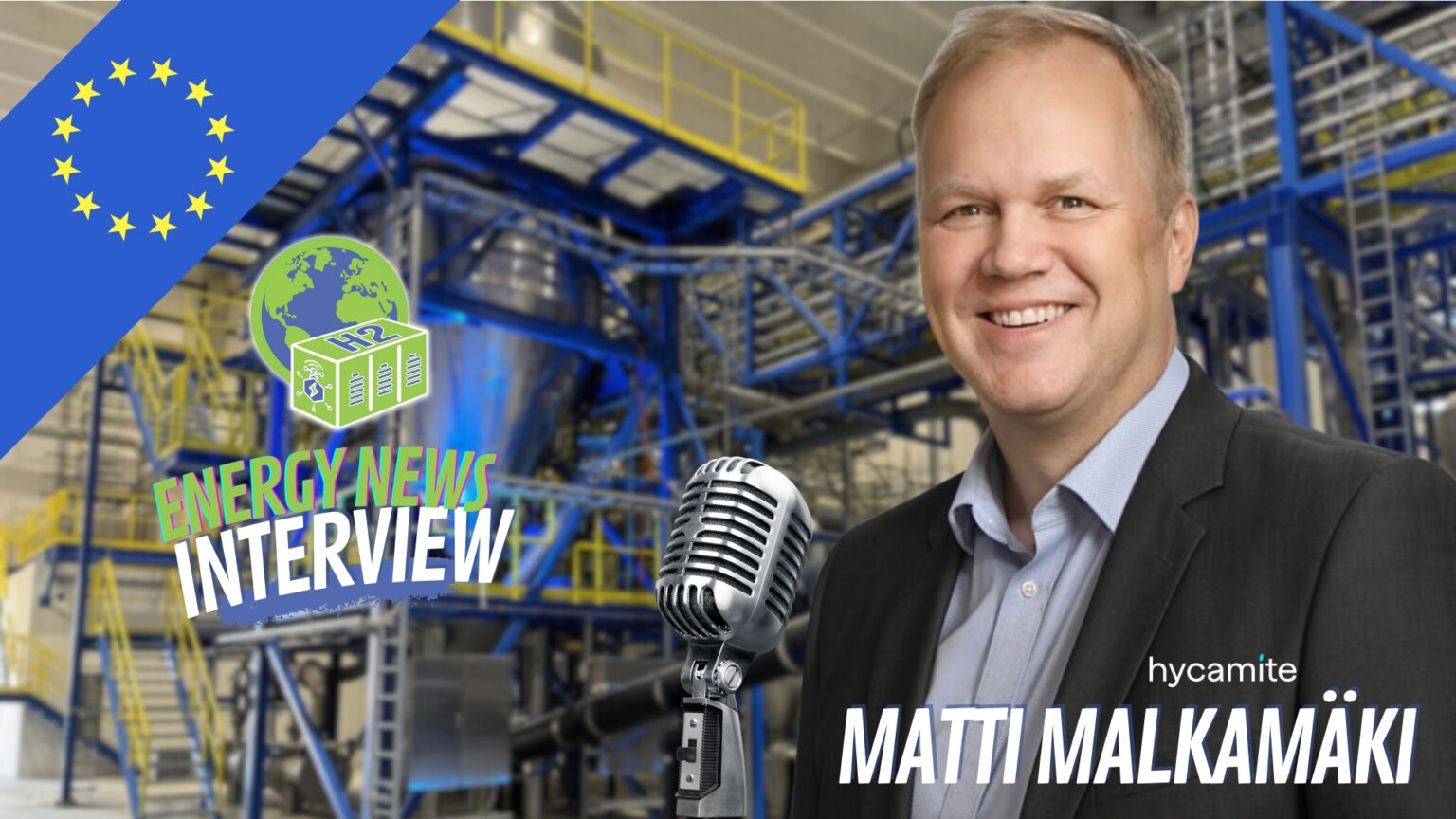European Union faces a paradox: despite pioneering early-stage hydrogen strategies, its market share in clean hydrogen projects has dropped to 17% in 2024, overshadowed by North America (34%) and Asia-Pacific (28%). This divergence mirrors the EU’s struggle to reconcile its climate ambitions with a regulatory framework critics liken to “prescribing flip phones in a 5G era”—rigid, innovation-stifling, and misaligned with industrial realities.
At the heart of the tension lies the bloc’s approach to technology neutrality. While the U.S. Inflation Reduction Act (IRA) allocates tax credits across multiple hydrogen production pathways—including $3/kg for low-carbon methods like methane pyrolysis—EU policies remain disproportionately focused on electrolysis-derived “green” hydrogen. This narrow focus risks sidelining alternative methods, such as methane splitting with solid carbon capture, which could reduce emissions by 92% compared to conventional steam methane reforming (SMR), according to 2023 lifecycle analyses by the International Energy Agency (IEA).
The Cost of Regulatory Asymmetry
EU hydrogen production costs currently average €4.50/kg—nearly double U.S. benchmarks—due largely to fragmented energy markets and restrictive additionality rules. The requirement for hydrogen producers to use newly built renewable energy sources, rather than existing grid power, adds €1.20–1.80/kg in levelized costs, per 2024 European Commission impact assessments. This contrasts sharply with Canada’s technology-agnostic Clean Hydrogen Investment Tax Credit, which supports methane pyrolysis at 40% of project capital costs, accelerating pilot deployments in Alberta’s oil sands region.
Matti Malkamäki, founder and chairman of Finland-based hydrogen innovator Hycamite, argues the “three pillars” principle required to make green hydrogen also low-carbon — geographic correlation, temporal matching, and additionality for renewable power used creates bottlenecks in the EU as our power grids are not clean enough yet. “When Germany’s grid carbon intensity averages 324g CO₂/kWh, the best way to use additional renewable and other low-carbon power is to deduct the carbon intensity of the grid, not to produce green hydrogen” he notes. Hycamite’s methane-splitting pilot in Kokkola, Finland, bypasses these constraints by converting natural gas into hydrogen and solid carbon at 1.8kg CO₂e/kg H₂—56% below the EU’s 4kg threshold for “low-carbon” hydrogen.
Tax Credits vs. Subsidies
The IRA’s 45V tax credit structure reveals a strategic divergence. By tying incentives to emissions intensity (0.45–4kg CO₂e/kg H₂) rather than production methods, the U.S. model enables scalability across technologies—a flexibility absent in the EU’s Renewable Energy Directive II (RED II). Canada’s 2023 methane pyrolysis incentives further widen this gap, with projects in Alberta’s petrochemical sector already achieving 85% carbon capture rates through integrated mineral sequestration.
EU policymakers now face mounting pressure to release the Low-Carbon Hydrogen Delegated Act. Proposed amendments include mass-based carbon allocation for methane pyrolysis (aligning with ISO 14067 standards) and recognizing permanent carbon storage in construction materials—a move that could unlock €7.3 billion annually in carbon credit markets, per Carbon Gap estimates.
AI and Policy: Catalysts or Constraints?
Artificial intelligence’s role in hydrogen optimization adds another layer of complexity. While U.S. projects leverage machine learning for real-time grid balancing—reducing electrolyzer downtime by 22% in California pilot programs—EU data-sharing restrictions under GDPR complicate similar deployments. Also, Hycamite sees a lot of potential in AI-driven development platforms, that can lead to accelerate material and process discoveries by several times compared to traditional methods.
The regulatory inertia carries economic consequences. BASF’s 2023 decision to prioritize a $10 billion Louisiana ammonia plant over German expansions—citing “predictable IRA incentives”—highlights a broader trend: 68% of European industrial hydrogen users now consider North America a more viable investment destination, according to Hydrogen Council surveys.
Balancing Emissions and Economics
Critics argue the EU’s fixation on “green” hydrogen purity undermines its climate goals. Electrolyzers reliant on intermittent renewables achieve just 3,200 annual operating hours—a 36% capacity factor—versus 8,760 hours for methane-splitting plants with carbon capture. Scaling electrolysis to meet the REPowerEU’s 10 million-ton annual target would require 120GW of dedicated offshore wind capacity, equivalent to 15,000 turbines—a deployment timeline incompatible with the bloc’s 2030 emissions targets.
Meanwhile, methane pyrolysis could decarbonize Europe’s 326 existing SMR plants at 40% of the cost of electrolyzer replacements, per McKinsey modeling. The technology’s solid carbon byproduct—used in tire manufacturing and graphene production—offers a €500–800/ton revenue stream, potentially offsetting 15–20% of hydrogen production costs.
Policy Agility in a Shifting Landscape
As white hydrogen (naturally occurring subsurface hydrogen) emerges in France and Spain, the EU’s regulatory framework faces new urgency. Current directives lack provisions for geologic hydrogen extraction, forcing developers to navigate oil-and-gas licensing regimes ill-suited to carbon-neutral resource recovery.
The bloc’s 2024 Hydrogen Bank auction—allocating €3 billion for renewable projects—marks a tentative step toward competitiveness. Yet with U.S. producers accessing 45V credits worth $100–150 million annually per facility, EU subsidies risk being outpaced. Malkamäki’s call for “emissions-based tax credits, not technology mandates” resonates with a growing coalition: 71% of European hydrogen investors now prioritize regulatory certainty over subsidy amounts, a January 2024 EY survey found.
The stakes transcend energy markets. With global hydrogen trade projected to reach $300 billion by 2030, the EU’s ability to reconcile its climate leadership with industrial pragmatism will determine whether it shapes—or merely observes—the decarbonization race.
